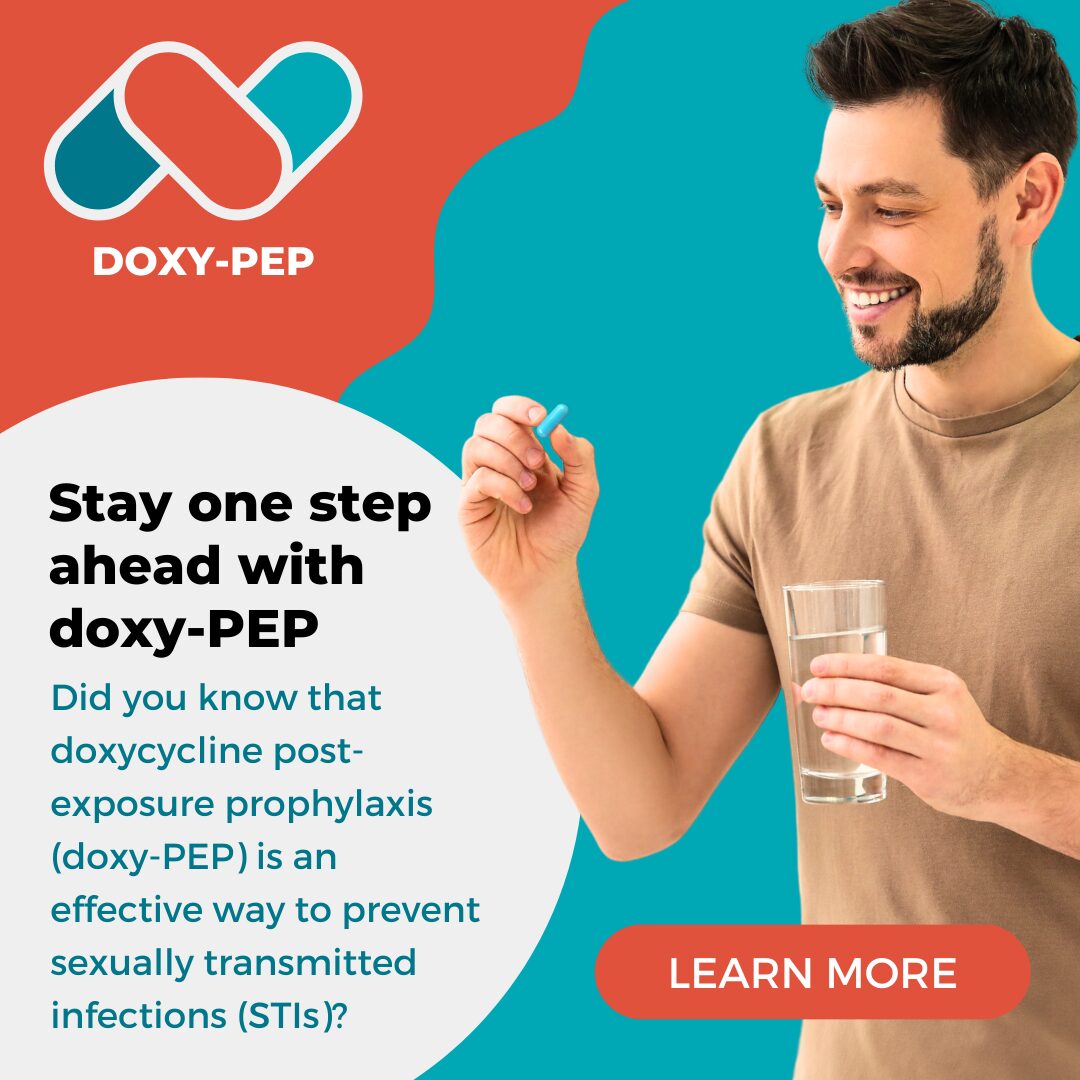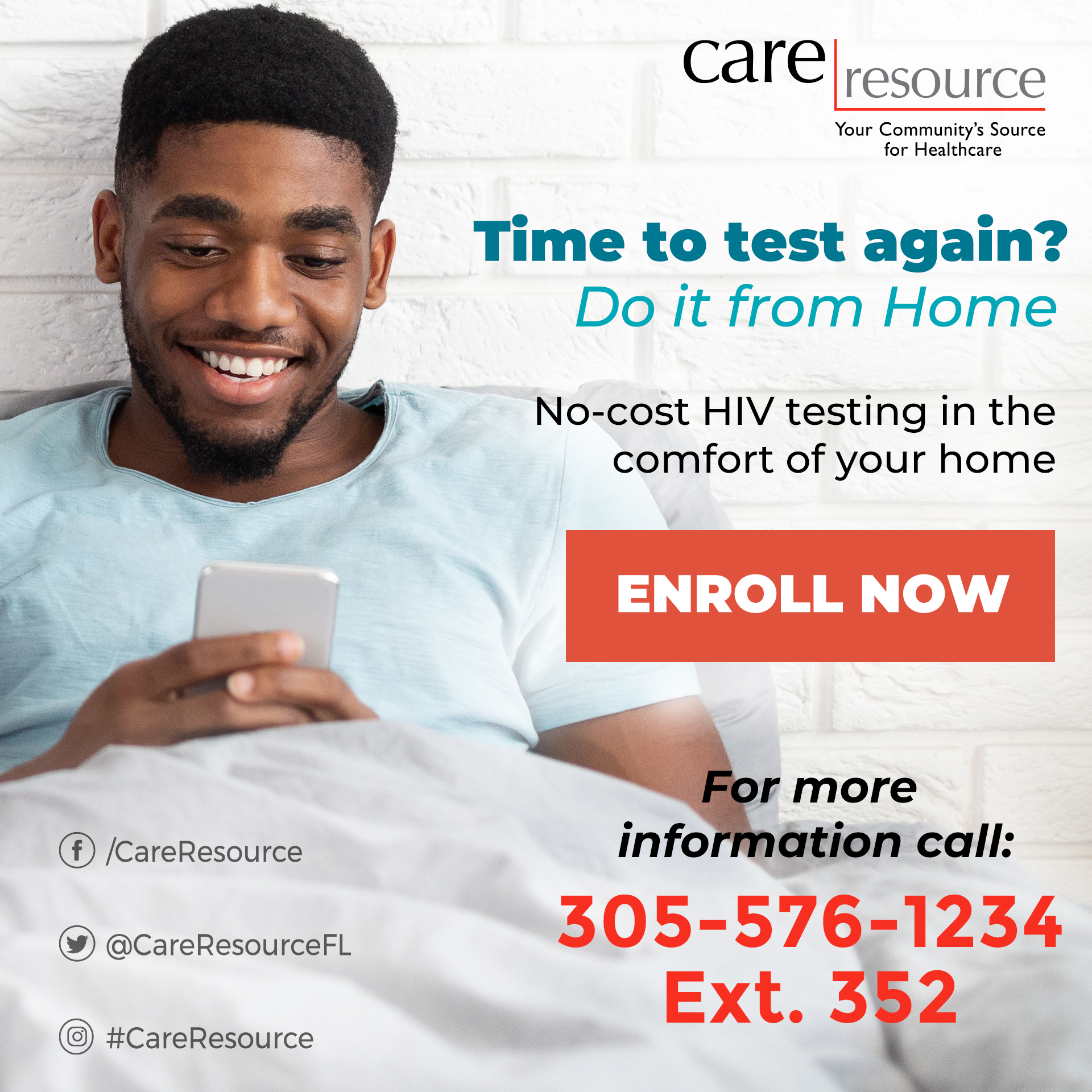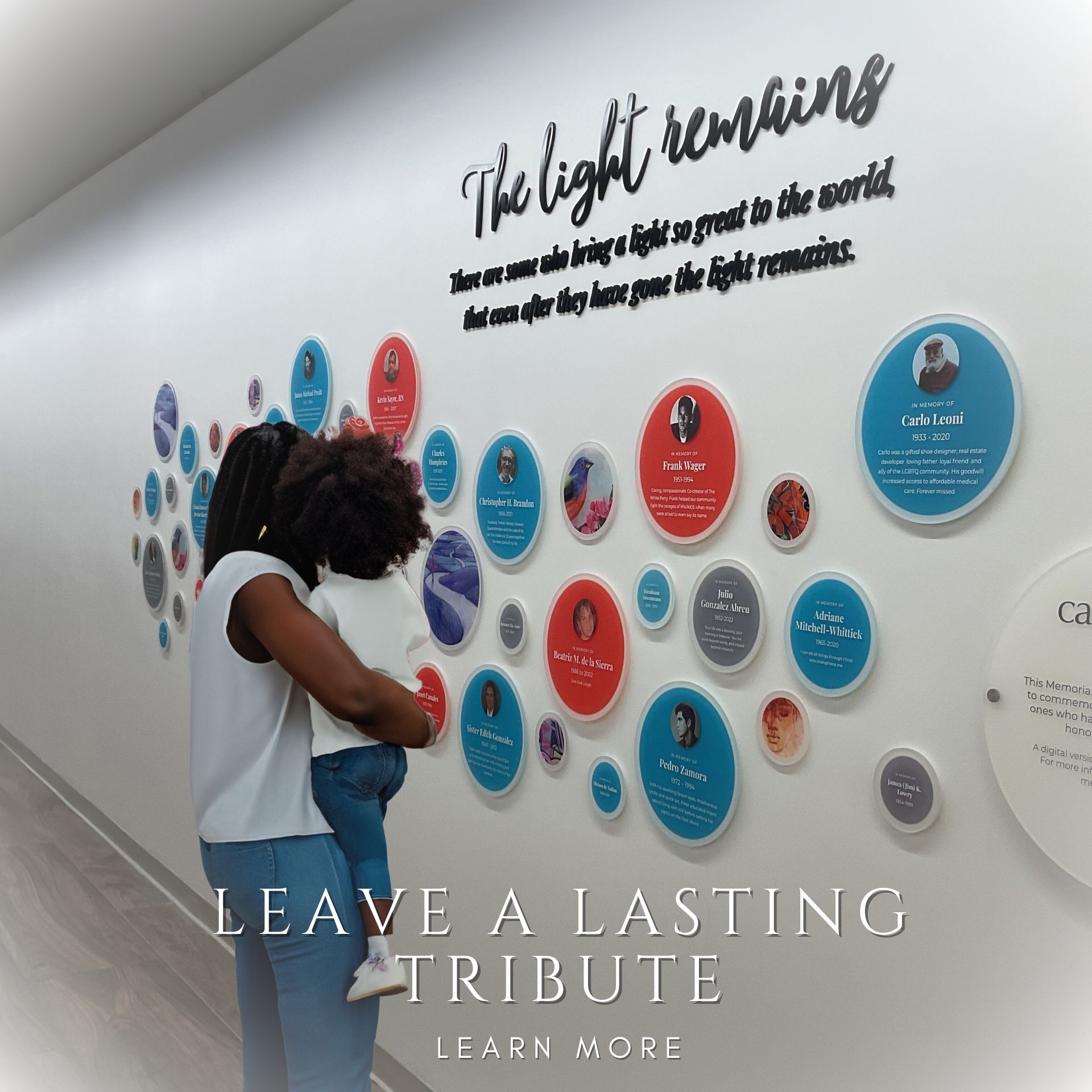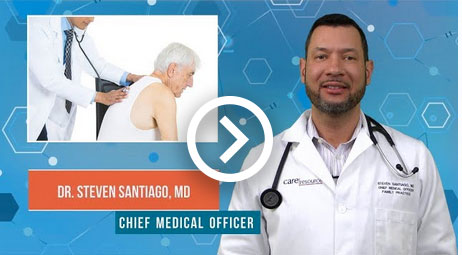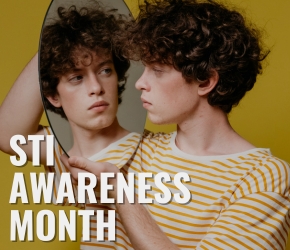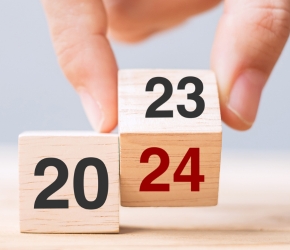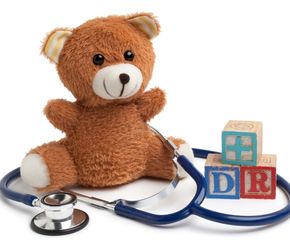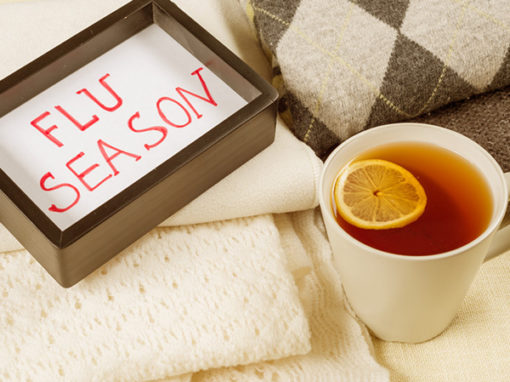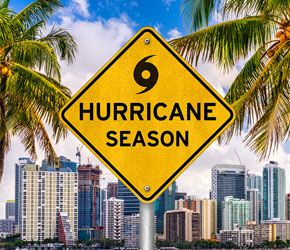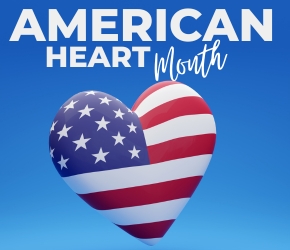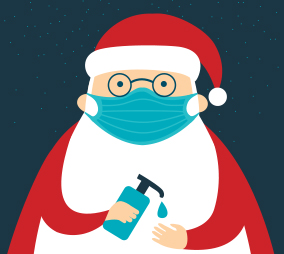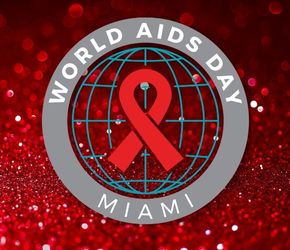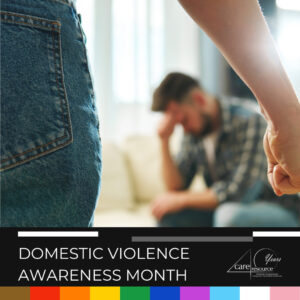 At Care Resource, our commitment to the LGBTQ community goes beyond healthcare. We strive to create a safe haven where every individual can thrive. Today, we address a sensitive issue that often goes unnoticed: domestic violence within LGBTQ relationships. Let’s delve into this sobering reality, emphasizing the unique challenges and the lifelines available.
At Care Resource, our commitment to the LGBTQ community goes beyond healthcare. We strive to create a safe haven where every individual can thrive. Today, we address a sensitive issue that often goes unnoticed: domestic violence within LGBTQ relationships. Let’s delve into this sobering reality, emphasizing the unique challenges and the lifelines available.
The Unseen Struggle
Historically, the domestic violence awareness movement has largely centered around heterosexual relationships, leaving LGBTQ+ members in the shadows. But recent research has uncovered a harsh truth: LGBTQ+ individuals experience domestic violence at equal or even higher rates than their heterosexual peers. Here are some eye-opening statistics:
● Nearly 44% of lesbian women and over 61% of bisexual women have suffered intimate partner violence, including rape, physical violence, and stalking.
● About 26% of gay men and 37.3% of bisexual men have experienced similar violence.
● Shockingly, in same-sex relationships, only 26% of victims called the police after near-lethal violence.
● Fewer than 5% of LGBTQ+ survivors sought orders of protection in 2012.
Forms of Abuse
Domestic violence in the LGBTQ+ community encompasses physical violence, threats, intimidation, verbal harassment, sexual violence, and cases involving weapons. These painful realities demonstrate that love should never be marred by violence, no matter one’s sexual orientation or gender identity.
Unique Struggles
Abuse in LGBTQ+ relationships often takes on unique forms, such as threats to “out” a partner’s sexual orientation or gender identity. This cruel tactic can deter victims from seeking help. Additionally, past trauma, like bullying and hate crimes, can make LGBTQ+ victims less likely to reach out for assistance.
Transgender Intimate Partner Violence
Transgender individuals may bear a heavier burden of intimate partner violence, facing threats, harassment, and even police violence within their relationships. This abuse can be deeply personal, targeting a partner’s identity and appearance.
Why This Matters
Domestic violence isn’t confined to heterosexual relationships. It affects LGBTQ+ individuals at alarming rates, accompanied by distinct forms of abuse and hurdles to seeking help. While progress is being made, challenges remain, including ineffective legal responses and discrimination.
Barriers to Seeking Help
LGBTQ+ individuals face several barriers when seeking help for intimate partner violence. These include societal misconceptions, homophobia, lack of training among service providers, fear of discrimination, limited LGBTQ-friendly resources, and low confidence in the legal system. Moreover, domestic violence shelters may not be inclusive, leaving transgender individuals without crucial support.
Helping Hands
At Care Resource, we understand the importance of supporting LGBTQ+ victims and survivors of domestic violence. Everyone deserves a life free from abuse, and we’re here to lend a hand. If you or someone you know is an LGBTQ+ victim of abuse, please call the National Domestic Violence Hotline for compassionate support and referrals to local services.
For LGBTQ+ individuals seeking information about their legal rights in cases of domestic violence, the American Bar Association offers a helpful guide.
We also want to spotlight organizations tirelessly addressing domestic violence within the LGBTQ+ community. Together, we can break the silence and ensure that every LGBTQ+ individual has access to the support and resources they deserve.
For additional Resources click here HERE.
